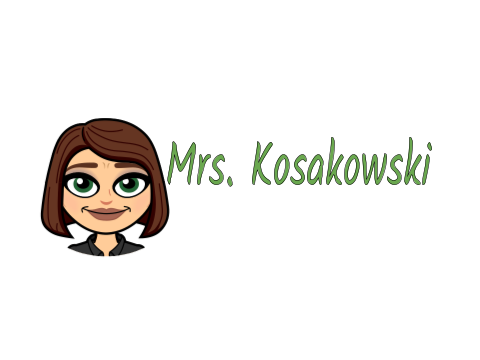Ctrl + Creativity: Turning Opinion Essays into Digital Stories

Fourth graders in Ms. Davis's class recently took their opinion essays to the next level by transforming their written words into digital stories using WeVideo. After writing essays in response to the question, “Do you believe it’s important to rely on family and friends to overcome challenges?”, students explored how multimedia can make their ideas more powerful and engaging.
Each student began with a completed essay, which they had written and revised during their ELA block. Then, during technology class, they used WeVideo to bring those essays to life. Students recorded voiceovers of their writing, added images and videos, and learned to use transitions and text overlays to highlight key points. What began as a thoughtful written reflection became a compelling visual story about perseverance, teamwork, and the importance of relationships.
Throughout the process, students demonstrated creativity and digital literacy skills. They learned how to plan and organize a digital project, how to choose visuals that match tone and meaning, and how to edit their work for flow and pacing. The activity also emphasized collaboration and problem-solving—students often helped one another troubleshoot audio, select effective imagery, or adjust timing to match narration.
This project supported several Massachusetts Digital Literacy and Computer Science (DLCS) Standards for grades 3–5, including:
Computing and Society (CAS 3–5: 1.3, 1.4): Students used digital tools to create and share information while discussing the impact of technology on communication and creativity.
Digital Tools and Collaboration (DTC 3–5: 1.1, 1.2, 1.4): Students selected and used WeVideo to create digital artifacts, collaborated with peers to problem-solve, and demonstrated responsible use of media.
Computing and Design (CT 3–5: 2.1, 2.2): Students used a step-by-step process to plan, create, and refine their multimedia projects, applying sequences and logical organization to achieve their creative goals.
By combining writing, storytelling, and technology, this project helped students see how their voices can extend beyond the page. The final videos showcased not only their opinions, but also their growing confidence as digital creators and communicators.
Each story reminded us of the same message the students wrote about—we’re stronger when we work together.
Technology Essential Questions:
How does this digital tool help improve collaboration and/or communication?
How can technology be used to enhance a project and communicate knowledge?
How can we use this software to create original, innovative works and ideas?

.png)
.png)
